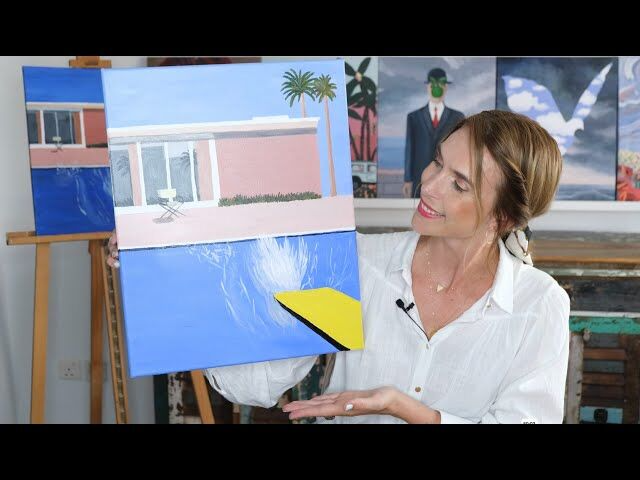
The field of arts is vast and exciting, offering endless opportunities for creativity and self-expression. One such avenue that has gained immense popularity in recent times is painting online courses. They provide flexibility, convenience, and a plethora of resources at your fingertips. However, getting started might seem overwhelming. Fear not! This article will guide you through some top tips to help you kickstart your journey into the vibrant realm of virtual painting classes.
Choose the right platform:
Selecting a suitable platform is crucial when starting an online painting course. Look for websites or apps that offer high-quality video tutorials, interactive features, and diverse content catering to various skill levels. Some popular options include Skillshare, Udemy, Coursera, and MasterClass. Remember, comfort matters too – opt for a user-friendly interface that makes navigation easy peasy lemon squeezy!
Set up your art studio:
Creating a dedicated space for your artistic endeavors can significantly enhance productivity and focus. Even if it’s just a corner in your living room, ensure you have ample lighting (natural light is best), a comfortable chair, and all necessary supplies within reach. Don’t forget about good ventilation, especially when working with oil paints or solvents.
Gather necessary materials:
Before getting into your first lesson, make sure you have everything you need. Depending on the style of painting you’ve chosen, this could range from basic tools like brushes, palette knives, canvas, and paint, to more specialized equipment. Check the course requirements beforehand so you aren’t caught off guard mid-lesson.
Establish a routine:
Consistency is key to mastering any new skill. Allocate specific time slots during your week solely devoted to practicing what you learn. Treat these sessions as non-negotiable appointments with yourself – after all, you deserve some quality ‘me-time’. Over time, consistency will lead to improvement, fostering confidence and motivation.
Engage actively:
Online learning platforms often encourage interaction between students and instructors. Take full advantage of this feature by asking questions, seeking feedback, and sharing your work. Constructive criticism helps refine techniques and broaden perspectives, while engaging with fellow artists creates a sense of community, making the learning process even more enjoyable.
Embrace experimentation:
Art is inherently subjective; therefore, there are no hard rules. Feel free to experiment with different styles, mediums, and methods until you find what resonates most deeply with you. After all, every artist starts somewhere, and exploration paves the way towards discovering one’s unique voice.








